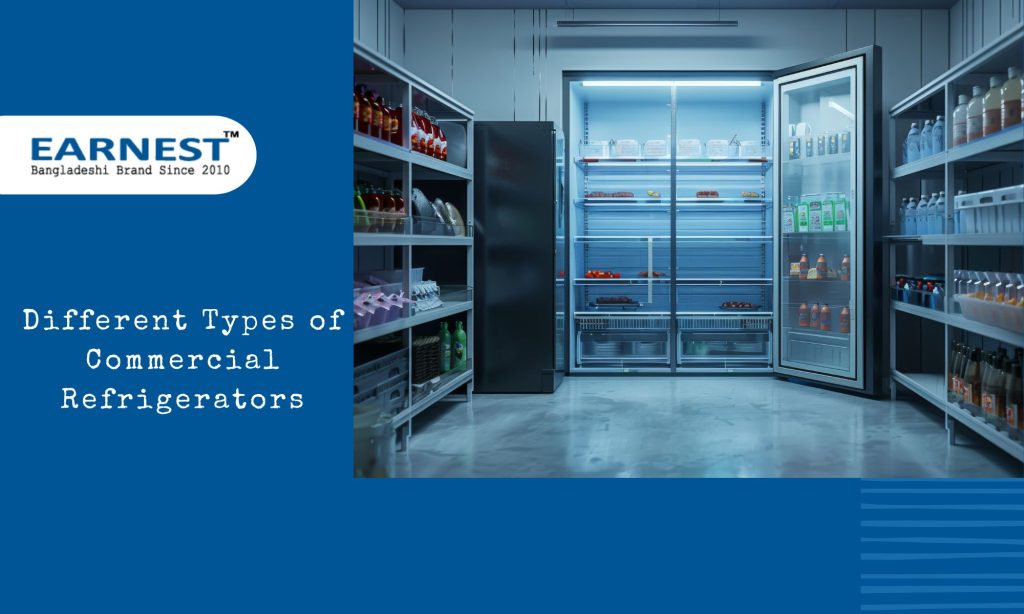Any heat exchanger system requires cooling. Here is where cooling towers swing into action. Industrial processes generate a lot of heat, which, if not dissipated, can lead to system inefficiency. An increase in water temperature by a single degree results in a 2 percent increase in energy consumption.
Therefore, it is essential to install a highly functional cooling tower. However, if you have an existing cooling tower, doing some system upgrades can drastically improve its efficiency while saving a lot of water. Always get advice from an experienced Cooling tower suppliers in Bangladesh.
How do you optimize energy efficiency?
Cooling tower efficiency can be a complex process. However, understanding how it operates can make the whole thing easier. The whole process can be condensed into a single equation.
Makeup = Evaporation + Blowdown + Drift
- Makeup: this makes the incoming water, i.e., water that replaces all the water leaving the system. Makeup water is vital in maintaining the cooling system in correct working conditions.
- Evaporation: This is the water leaving the cooling tower in the form of steam/vapor – it is usually ejected into the atmosphere. The evaporate the one that causes cooling.
- Blowdown: this is the water that you drain from the system to remove suspended or dissolved solids. Removing the blowdown prevents scale formation and corrosion.
- Drift: this is the water escaping the cooling tower as droplets or mist. It occurs in insignificant amounts, though it might be an issue in cases of utmost water conservation.
To maximize the energy efficiency of the cooling tower, evaluate the whole cooling system. That means looking at all the components and ensuring that they are performing at their maximum. Beyond that, clean equipment has a higher energy efficiency than unclean ones. So ensure that all heat transfer surfaces are clean.
Essential components of a cooling tower to closely monitor include:
Film Fill
Though most cooling towers have a modern look, the Film Fill might not meet today’s demand. Some cooling tower Bangladesh that is older than a decade may have fiberglass, plastic or wood splash fill. Such systems use their splash bars to break water into droplets, making them ideal for cross-flow systems only.
Newer cooling towers, however, can have either modern film fill splash or splash fill. The PVC film, developed in the 1980s, offers a large surface area, increasing heat transfer. According to experts, the easiest way to increase a cooling tower’s efficiency is to change the fill media.
Currently, there are a lot of high-performing fill media in the market. The present time fills has twice the thermal efficiency of splash fill.
Also Read: Industrial Cooling Tower: How It Works
Rough Waters
Water full of sediments clogs the film fill more than the splash fill. This results in scaling, corrosions, microbiological activities, and fouling. When chemicals in water eat up components, it results in corrosion, leading to loss of heat transfer – low efficiency. Besides, it leads to equipment failure.
Similarly, the build-up of mineral deposits leads to loss of heat transfer while the growth of biological agents causes insulation, which again hinders heat transfer.
While chemical treatment of water offers a solution, it usually affects the parts of the cooling tower. Remember, the water designated for cooling towers is waste (Gray) water, which is tough to treat. However, if you find a balanced chemical treatment, the process can run smoothly.
Cooling tower moving parts
Spray nozzles are typically overlooked, but if they aren’t maintained properly, they can lead to thermal inefficiencies. A good water spray takes the shape of an umbrella. The aim is to get even water distribution.
Note; heat transfer efficiency is determined by air quality over water mixture. So, any system offering uneven water distribution can impair air movement, affecting the cooling efficiency.
Also, consider the cooling fan. The fan propels air to pass across the fill media. The higher the amount of airflow, the higher the rate of cooling. So, ensure that the cooling tower fan is working efficiently.
Bottom line
It’s essential to regularly inspect the cooling tower to ensure no build-up of scale, corrosion, or biological growth. These compounds can reduce tower efficiency by 5 percent or more. Again, algae growth at the top of the tower affects water distribution and flow across the media. Erect a sunshade to prevent the sun from reaching the media, discouraging the growth of algae.






